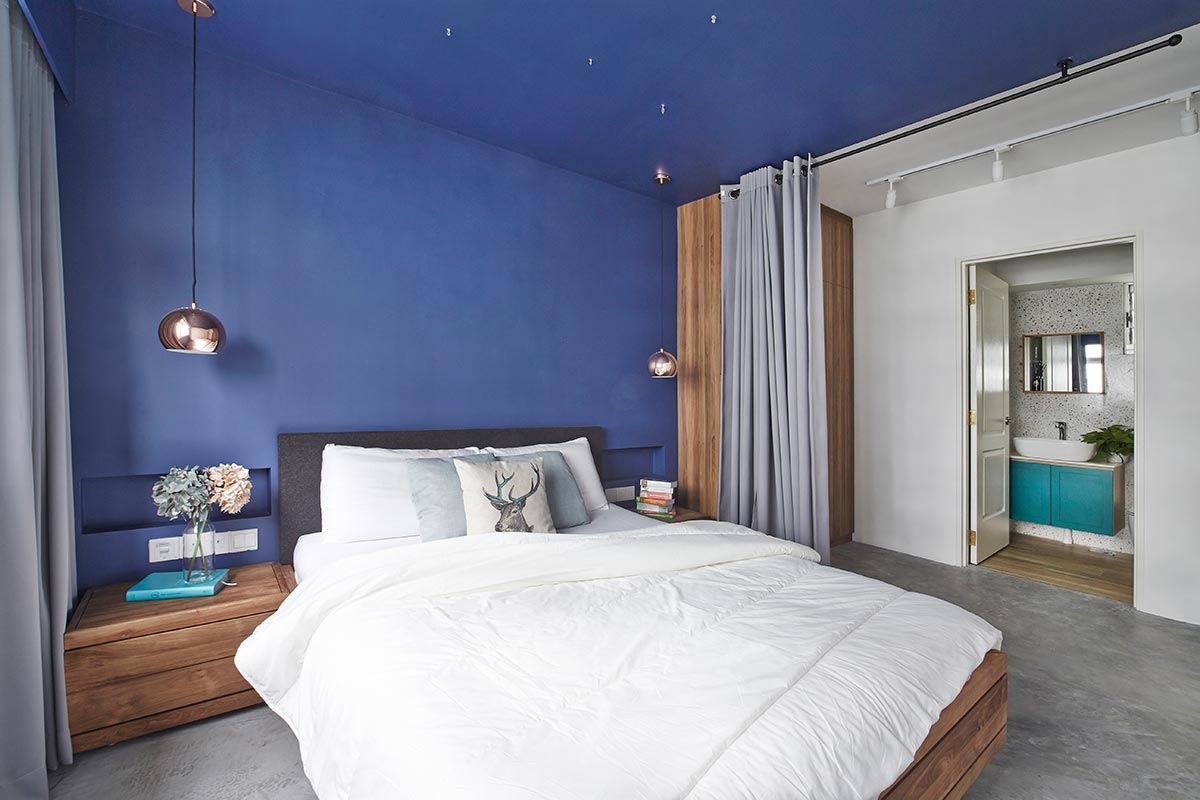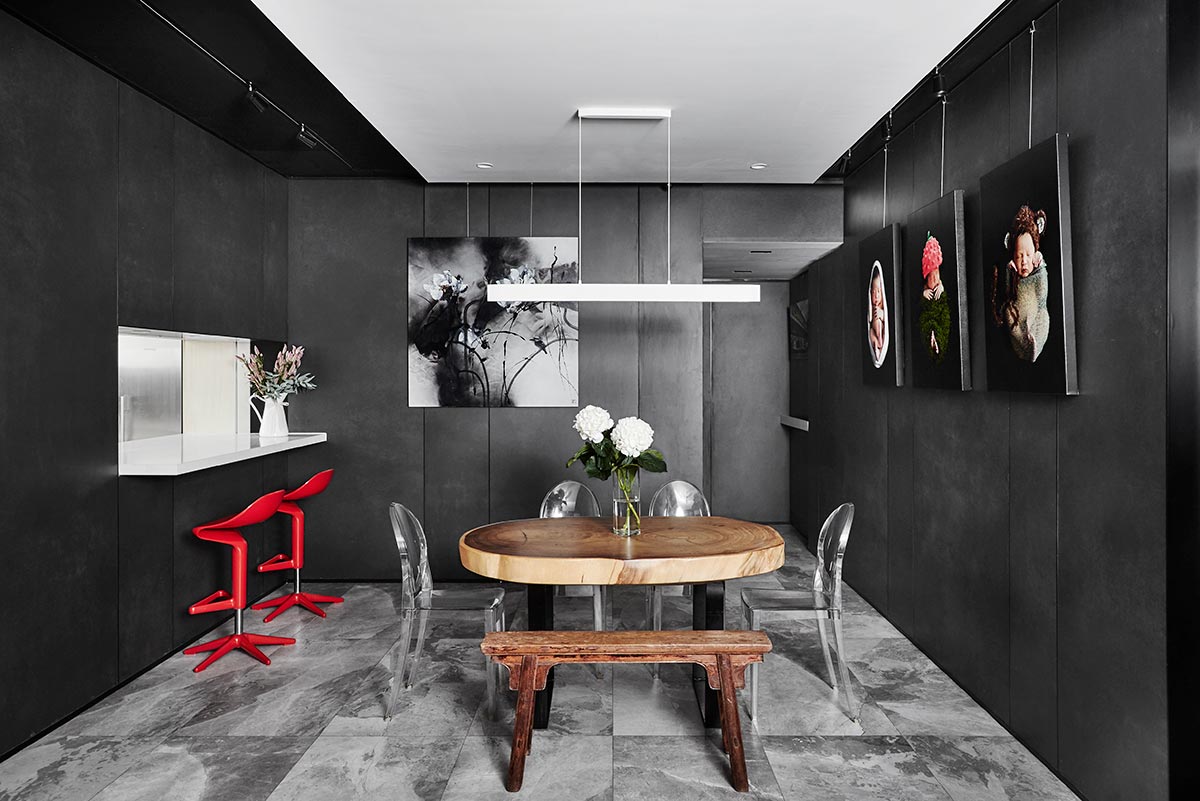A fresh coat of paint is one of the easiest and quickest ways to update a room. Not only can it evoke a mood in the occupants living within the space, colour can also establish the style of the home and highlight certain features within the room. But in order to make sure the colour works for your home in the way you want it to, there are certain things you need to consider first – check them out here.
#1 Decide on a colour scheme
Depending on whether you’re planning on a complete refurbishment of your home or want a simple redecorating job, your colour choices will change accordingly. The former will probably bound you to specific colour options based on your desired design scheme, while the latter will allow you to freshen up your space with a similar shade or go with something completely different. But whatever you decide, it’s important to look at all the colours and textures within that particular space as a whole to see if they work well with each other.

Image credit: Free Space Intent
#2 Consider the surrounding natural light
While it may not seem like a big deal, the amount of natural light that filters into your space actually plays a key factor when choosing a paint colour. For example, if you have a room with big windows and are aiming for a bright and airy look, pale paint shades will help to enhance this aesthetic. However, if you’re looking for colour, you may require a stronger shade than you initially thought of to prevent it from appearing washed out.
#3 Don’t forget the fifth wall
You may not notice this at first, but the colour of your ceiling is just as important as the colour of your walls. Options include painting all of the surfaces in the same colour to blur the lines between where the wall ends and the ceiling begins; or a completely contrasting colour to highlight the ceiling. However, if you plan to stick to tradition and keep your ceilings white, we’d recommend a hue with white undertones to avoid the harsh contrast of brilliant white against your coloured surfaces and create a more harmonious tone-on-tone look.

Image credit: akiHAUS
#4 Select your finish wisely
Now that you’ve selected your paint colours, the next step is to specify the type of finish for each section in your home. While most walls in low-traffic spaces like the bedrooms will be fine with a flat or a matte finish, there are some rooms that demand more from your paint choice. For example, areas that are prone to moisture and high traffic – like the bathroom or the kitchen – require paints in a high or semi-gloss finish as it is easier to clean.
#5 Test the colours out
Whether you choose to purchase a tester pot or use a colour visualiser app, though we’d recommend the former, this is a step you should never skip. For those using tester pots, paint up a minimally A4-sized plain white card with at least two coats and stick in on your wall to compare with other samples of tiles and fabrics to see how everything would work together. It is also important that you should keep the swatch on your wall for a few days to see how you feel about it over time, especially if you’re unsure about the colour. Also, do make sure to move it around the room at different times of the day, and consider how your colour choice looks in both natural and artificial light. This is because the colour will vary, and doing so will ensure you’re happy with your pick no matter where you view it from.




